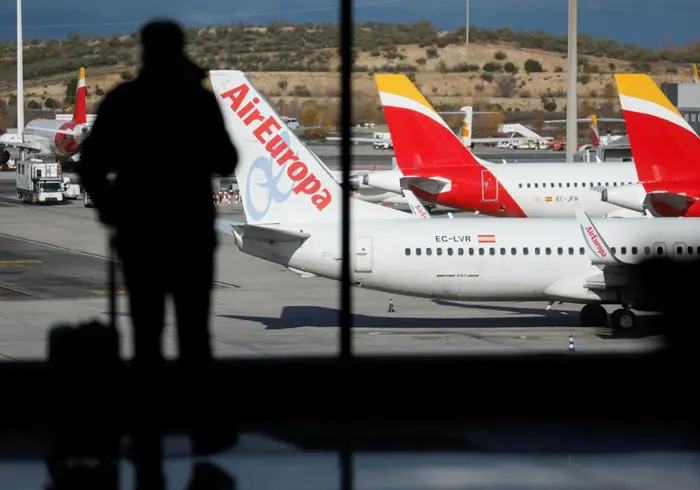Airlines are forecasting a surge in winter travel to Spain as tourists shift their plans away from the Middle East due to ongoing conflict in the region. The Spanish Airlines Association (ALA) projects that over 137 million airline seats will be available between November and March, marking an increase of nearly 12% compared to last year.
Regions such as the Canary Islands and Andalucía are expected to see significant gains, with seat capacity rising by almost 14% as travelers opt for Spain as a safer alternative. The ALA also reported that approximately 177 million passengers traveled to and from Spain this summer (April to September), representing a nearly 9% increase from the previous year. This upward trend could potentially lead to a record total of 283 million passengers for 2023.
Javier Gándara, president of the ALA, expressed caution regarding potential external factors that could impact air travel, particularly the unstable geopolitical climate. While the conflict may drive more tourists to Spain, it could also result in higher fuel costs, affecting the economic circumstances of many European families.
Additionally, a recent railway accident in Spain, which impacted over 14,000 passengers last weekend, may contribute to an uptick in domestic flights. However, Gándara emphasized that this factor would likely have a minimal impact on overall flight growth. He also addressed the so-called “tourophobia” observed in some areas of Spain this summer, clarifying that the underlying issues stem from housing challenges rather than an aversion to tourism. “The fundamental problem is not tourism; many jobs depend on it in destinations like the Canary Islands,” he stated.
Related Topics:
7 Things to Do in Flushing, New York
20 Things to Do in New York City on Thanksgiving Weekend
5 Things to Do in the Garment District NYC

